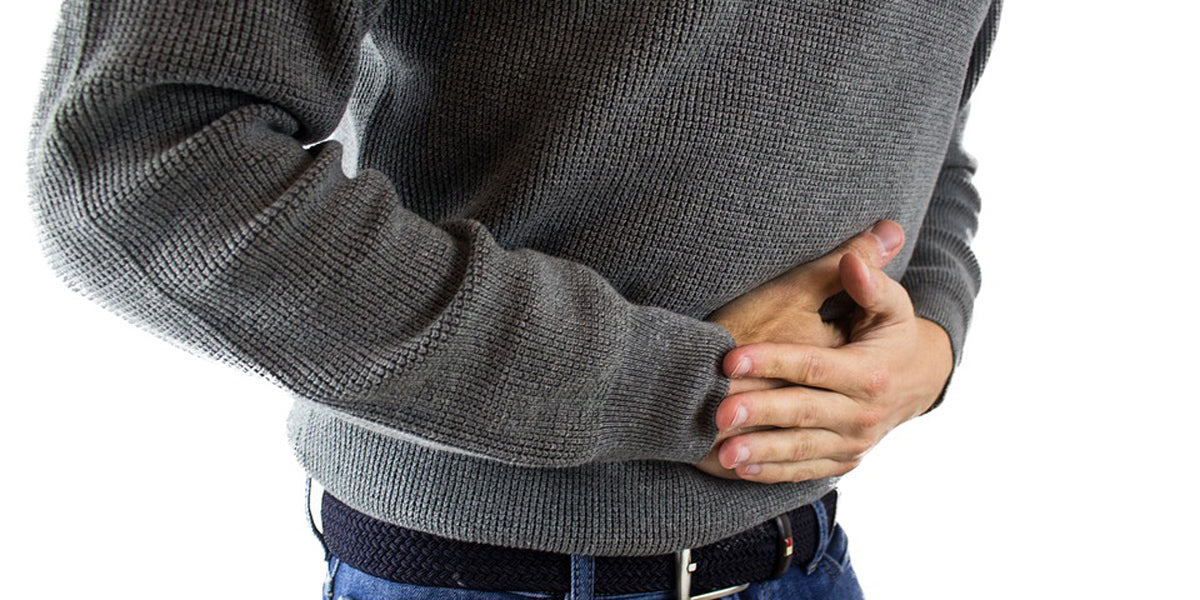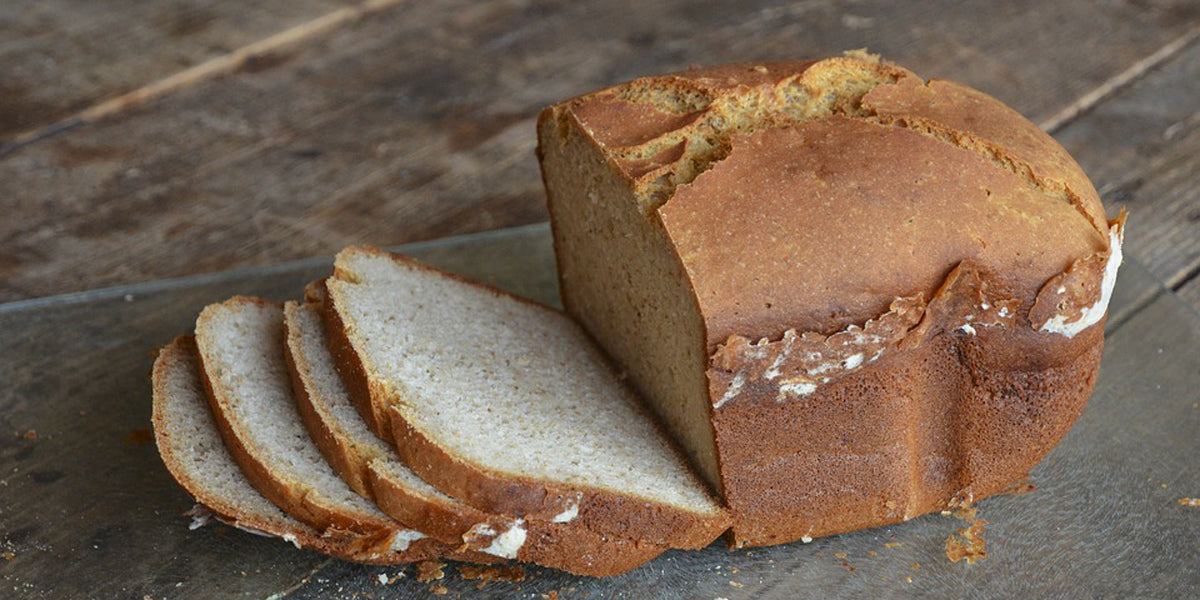
With dairy-free and gluten-free diets becoming the latest trend to follow, it seems everyone thinks they have a food intolerance. But what is a food intolerance? And how would you know if you had one? We take a look.
What is the most common food intolerance?
The most common food intolerance is to dairy, with 65% of the world's population intolerant to digesting lactose. The second most common food sensitivity is to gluten. People with coeliac disease cannot eat gluten due to the immune system attacking itself when gluten is ingested and someone suffering from this condition can become seriously ill if they do consume a food containing gluten.
Signs you may have a food intolerance
There are several symptoms that are common throughout different food intolerances. These include but are not limited to:
- Bloating
- Headaches
- Nausea
- Dizziness
- Stomach ache
Symptoms of food intolerance tend to take longer to appear than symptoms of food allergies and they may be harder to spot.

Causes of food intolerance
There are several reasons why someone might be born with or develop a food intolerance. Some people lack the digestive enzymes to break down certain foods, for example people with a dairy intolerance may lack lactase which is the enzyme that breaks down milk sugar. Nearly all foods require an enzyme for proper digestion.
Some people may have an over-sensitive immune system which rejects the food or attacks itself when the food is ingested, in the case of coeliac disease. It's possible that if you eat a certain food too much you may develop an intolerance over time. In this case, by simply cutting the food out of your diet for a period of time, you can get rid of the intolerance.
How do I know if I have a food intolerance?
It can be difficult to diagnose a food intolerance because the symptoms can be caused by any number of health issues and symptoms often overlap. If you believe you may have a food intolerance, you're advised to keep a careful and detailed food diary and note what foods you have eaten when you experience symptoms. You are then advised to cut that food out of your diet and see if the symptoms go away. If so, it's quite possible you have an intolerance to that food. If you want to be really sure, you can then purposely eat that food and see if the symptoms return. This is known as an exclusion diet.
If you want a more detailed test, a doctor can perform a skin prick test. This is when a small amount of the suspected food is placed on your arm and the skin is pricked so that it goes below the skin's surface. If you react with a raised lump, you may well have an intolerance or allergy to this food.

















